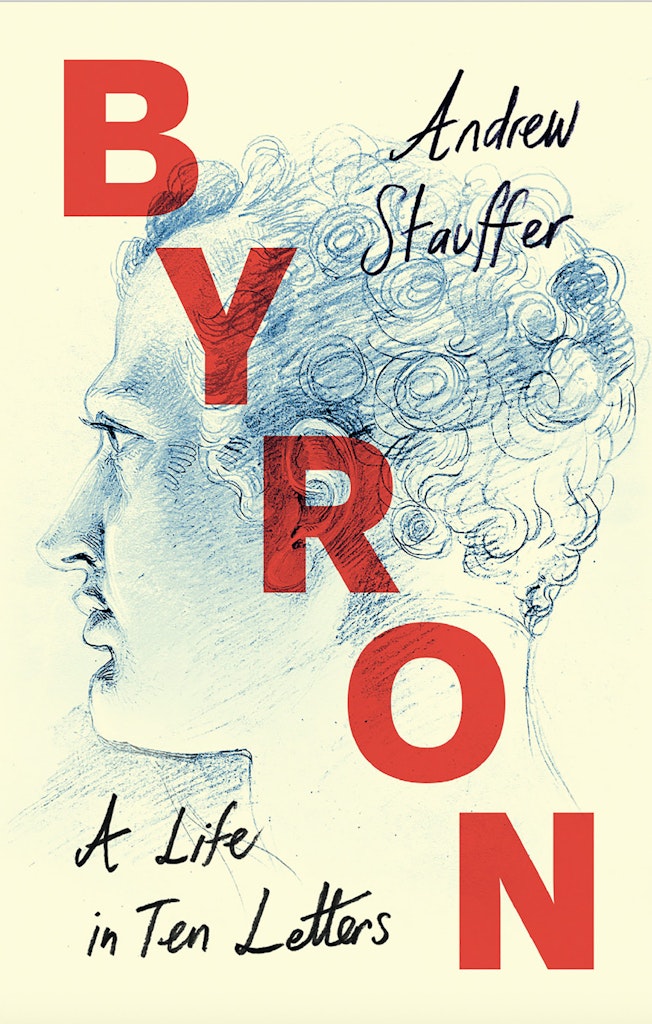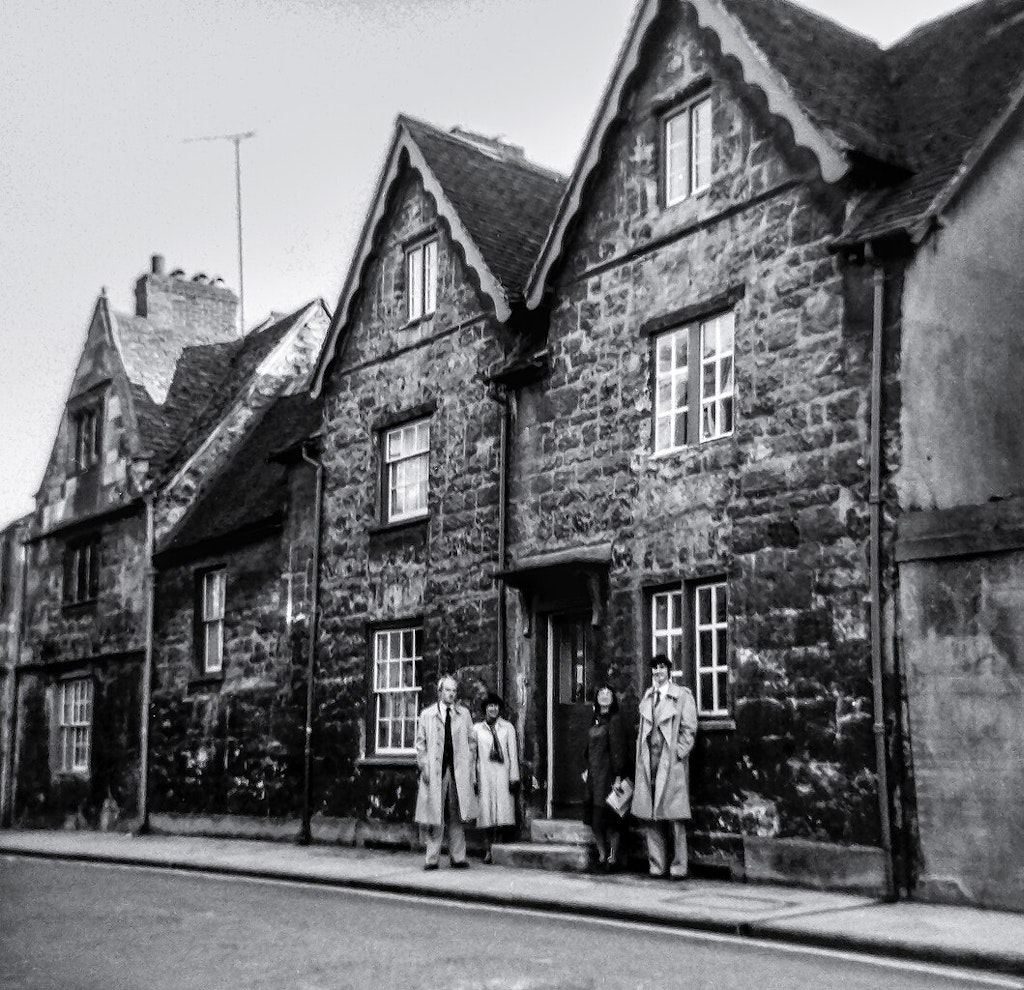Man of letters: reading between the lines
Pleasingly, Stauffer is neither an apologist for Byron nor a constant chastiser
This article is taken from the March 2024 issue of The Critic. To get the full magazine why not subscribe? Right now we’re offering five issues for just £10.
Lord Byron and his bride had barely left the church when their marriage began to disintegrate. The poet had wooed Anne Isabella (“Annabella”) Milbanke, a niece of Viscountess Melbourne, over a number of years, charmed by her intelligence, “high blood” and moderate prettiness (she was not, he wrote, “so glaringly beautiful as to attract many rivals”).

Andrew Stauffer
(Cambridge University Press, £25)
The young heiress, enchanted by her suitor’s energetic conversation, had agreed to marry Byron after rejecting his initial proposal. The new Lady Byron soon realised how justified her original misgivings had been.
In the words of the poet’s newest biographer, Andrew Stauffer, a professor of English at the University of Virginia and president of the Byron Society of America, Byron “dropped his mask of placid bridegroom — or, perhaps, put on his mask of cruelty — and transformed into a villain before her eyes”. Milbanke noticed the difference in him immediately: she was foolish to have married him, Lord Byron gloated, a man infected with the family madness.
Byron’s father, known as “Mad Jack”, had married for money, squandered £30,000, and absconded to France to hide from his creditors. The young Byron, who would repeat this pattern of behaviour, grew up with his struggling and unpredictable mother, who allegedly bullied him on account of his being born with a deformed foot.
The boy escaped his “maternal persecutor” eventually, securing a place at Harrow after inheriting his title (and, later, Newstead Abbey in Nottinghamshire) from a great-uncle. From there he went up to Trinity College, Cambridge, completed three terms, and secured a degree by virtue of his peerage alone.
As his honeymoon carriage approached Halnaby Hall, a residence of Annabella’s family, Lord Byron fell into a dark mood and made himself scarce. Lady Byron began their holiday without him. She might have hoped that things would improve after her husband returned to consummate their marriage — they were said to have enjoyed a strong sexual chemistry — but she was catastrophically wrong. Waking that night and pacing the hall with his pistol, Lord Byron declared that he was in hell, a phrase Lady Byron might more legitimately have employed of her own situation.
Lady Byron could almost accept his other vices but another woman reduced her to despair
The arrival a short time later of a letter from Augusta Leigh, Byron’s half-sister, introduced Lady Byron to what Stauffer labels, in one of the most enjoyable sections of his biography, “the Augusta problem”.
Byron had been having an incestuous relationship with Augusta and, for reasons a modern reader can only guess at, was determined to impose her upon his wife. Reading Augusta’s missive aloud, Lord Byron told his wife that no one in the world loved him as she did, and “no one understood how to make him happy but her”.
Back in London, Byron berated his wife for failing to show Augusta sufficient affection, and used “chaotic manipulations” to force the women together. Lady Byron could almost look past her husband’s drinking and overspending but the continued presence of another woman in the relationship reduced her to despair. After giving birth to their daughter Ada at the end of the year (the violently raving poet was locked out of the birthing room), Lady Byron returned to her parents.
Stauffer works consciously in the tradition of Thomas Moore, Byron’s nineteenth-century biographer, opening each of his ten chapters with a transcript of one of Byron’s 3,000-odd surviving letters. The chapter on Byron’s marriage is foregrounded by what Stauffer describes, not inaccurately, as “the letter of a baffled abuser”. In it, Lord Byron asks his wife, “Were you then never happy with me?” Lady Byron had already told him, devastatingly, “Remember that you believed yourself most miserable when I was yours.”
Prior to their marriage, Annabella had described Lord Byron as “a very bad, very good man”. Her sentiments echoed not only Lady Caroline Lamb’s summary of her paramour as “mad, bad and dangerous to know”, but also the findings of a German phrenologist, who studied Lord Byron’s “very antithetical” cranium in which, he said, “good and evil are at perpetual war”.
Reading just even the letters reproduced in this biography, Byron’s torturously conflicted, antithetical nature is obvious. Stauffer may believe, as Mary Shelley did, that Byron’s letters “mirror himself as he was”, but when that self is so changeable, one naturally questions how reliable a lens they provide onto his psyche. Interestingly, Stauffer quotes Lady Blessington, one of Byron’s many correspondents, who found him so chameleonic a character as to conclude that, “if ten individuals undertook the task of describing Byron, no two, of the ten, would agree in their verdict respecting him …”
Just occasionally one feels that Stauffer lets his subject off too lightly
Byron is equally erratic on the page. He steps into a theatrical persona in one letter, effectively live- streaming — with “time-stamped updates” — his pursuit of a married woman across a billiards table. In other letters, he elides himself with his own characters, particularly Childe Harold, or villains from other works. When he writes to entertain, he overstates his view and magnifies his prejudices, to mixed results. But just sometimes, beneath the layer of self-consciousness, we catch a glimpse of him as we imagine he truly was.
As someone who had a complicated relationship with food, it is not surprising to find him balking at the considerable appetites of his future lover, the singer Teresa Guiccioli. “I only wish she did not swallow so much supper,” he complained; “a woman should never be seen eating or drinking, unless it be lobster sallad [sic] & Champagne, the only truly feminine & becoming viands.” Women in warm climates, he said, are inclined to “grow relaxed and doughy and flumpity in a short time after breeding”. Byron: never one of history’s feminists.
Pleasingly, Stauffer is neither an apologist for Byron nor a constant chastiser, though just occasionally one feels that he lets his subject off too lightly. For example, Byron bemoaned “altering his life to accommodate” women’s wishes in what Stauffer calls “a breathtaking self-deception” masking a partial truth. “Byron gave selfishly to women all his life,” Stauffer writes, “often to his own detriment, driven by impulses that sometimes partook of generosity.” One somehow doubts that Lady Byron would have seen it that way.
Ten letters can only reveal so much about a man as deceptive as Byron, who seems never to have had a fixed idea of who he was. Stauffer’s selection, which spans Byron’s teenage years to his final weeks in Messolonghi, nevertheless does much to illuminate the many facets the poet constructed for himself.
It was against Byron’s wishes that Lady Byron, Augusta Leigh and his friends burned his memoirs after he died. Byron had hoped to “astonish the latter days of the nineteenth century” with them. Stauffer has done a valiant job of making his letters speak for him, filling in the most bewildering, disturbing blanks.
Enjoying The Critic online? It's even better in print
Try five issues of Britain’s newest magazine for £10
Subscribe














